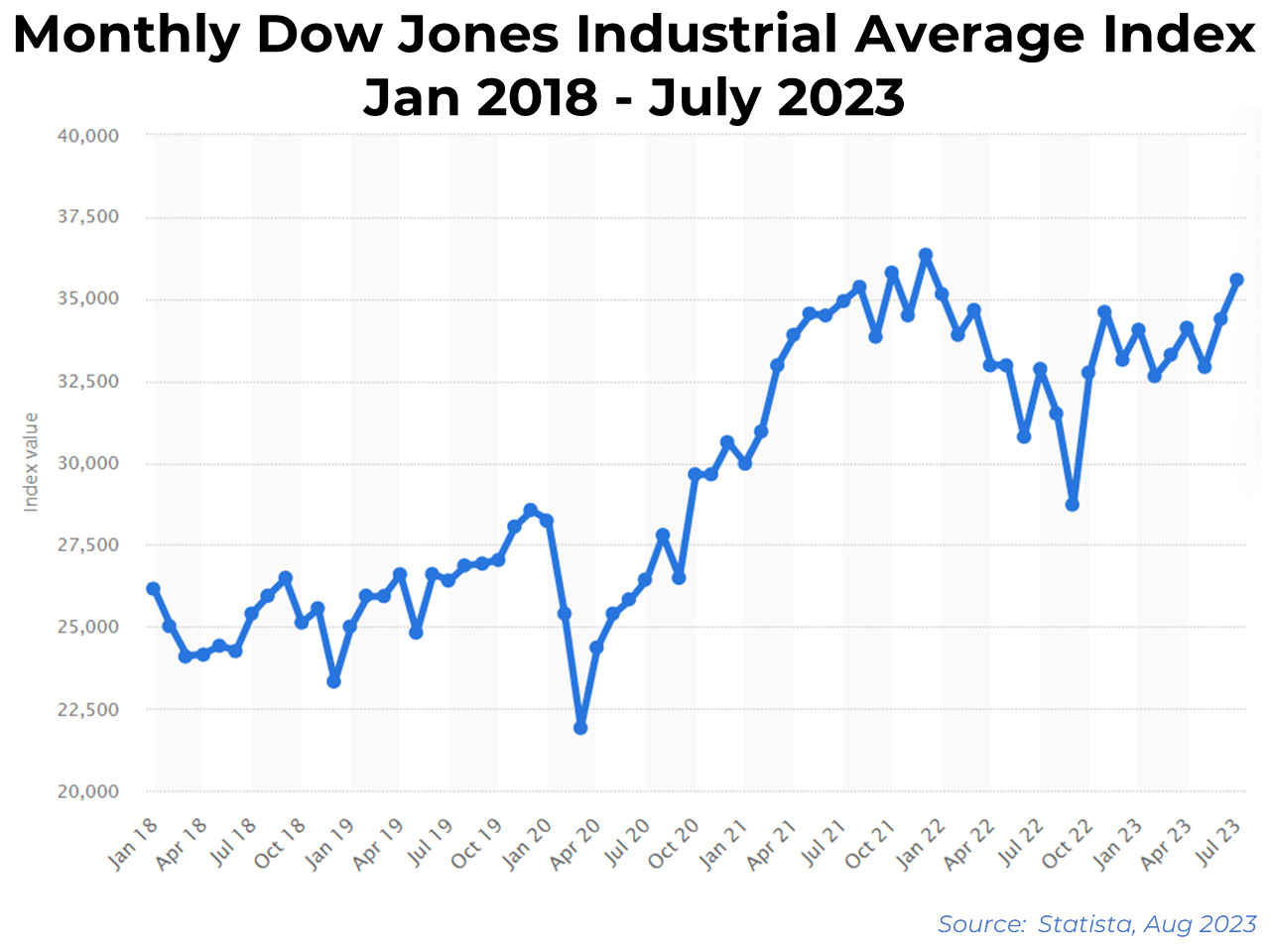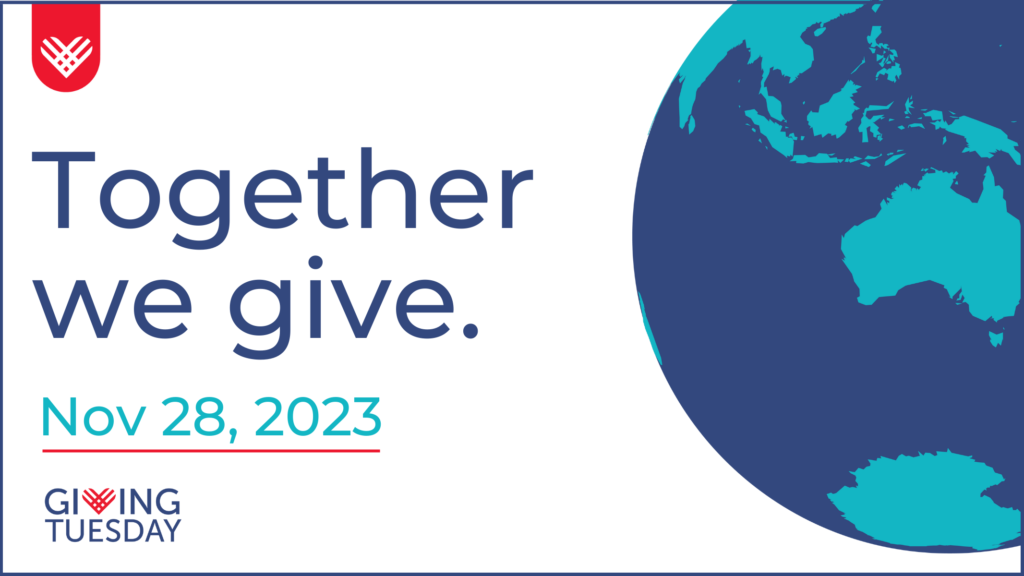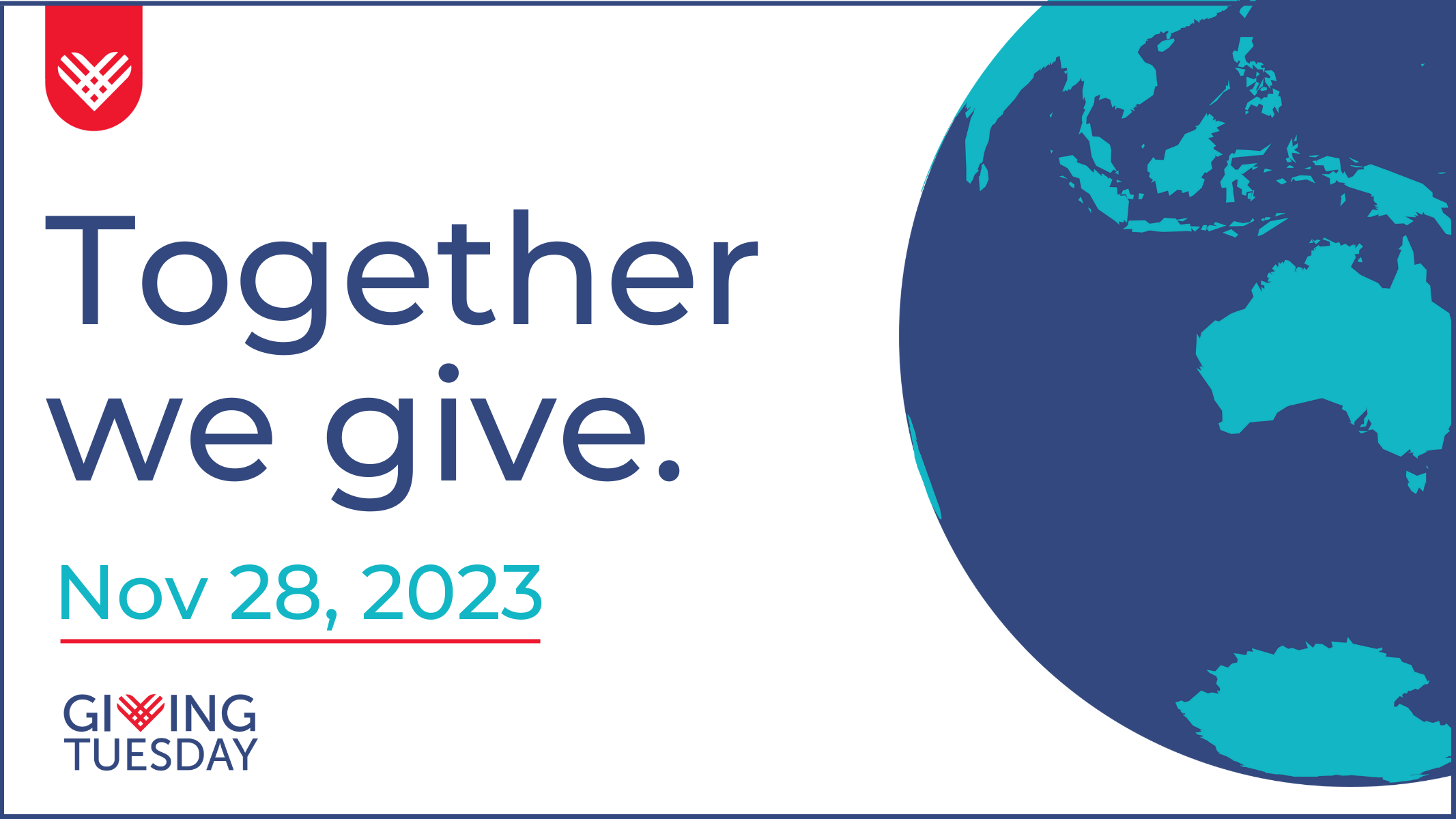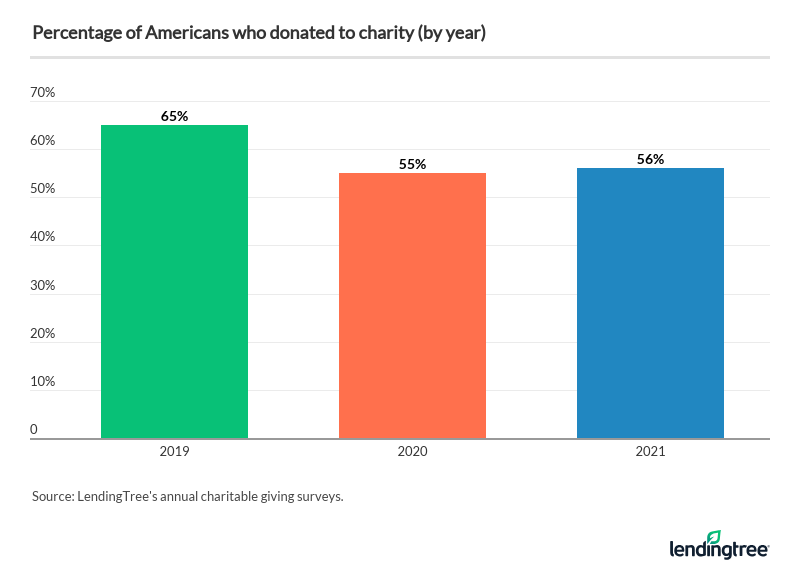Giving Tuesday (officially known as the National Day of Giving) sprang onto the scene in 2012 essentially as a grassroots fundraising initiative. With a huge online footprint driven in large part by social media — Giving Tuesday (which always falls on the Tuesday after Thanksgiving) has grown from $28M in U.S. online and offline donations in 2013 more than one hundred-fold to $3.1B in 2022 — a +15% increase over the previous year. Giving Tuesday has been a prime opportunity to leverage online and offline resources to raise funds and attract supporters — all while celebrating the community of philanthropic giving.
Using a previous-two-year average of national Giving Tuesday trends, the 2023 edition of Giving Tuesday is expected to surpass $3.7B — a +20% increase over 2022. (Read on for additional interesting GT factoids.) The explosive growth yielded by Giving Tuesday has made the initiative a critical cog in nonprofits’ year-end giving plans. Don’t get left behind; make Giving Tuesday a key part of your plan.
THERE ARE HEADWINDS TO COMBAT
According to Giving USA, an annual industry report researched and written by Indiana University-Purdue University Indianapolis’ Lilly Family School of Philanthropy, total U.S. philanthropic giving decreased -3.4% in 2022 — one of only four times since 1982 that the metric has been negative year-over-year. Furthermore, adjusting for inflation (if you recall, 2022 was quite the year for that), donations were down nearly -11% vs. 2021.
The report’s findings were not surprising. Spurred by an overwhelming public response to the COVID-19 pandemic (and aided by causes such as social justice and racial-gender equality) in 2020-2021, charitable giving spiked significantly. In fact, 2021 gave us the very first $500 trillion giving year in history. In addition to an historic rise in inflation, 2022 also saw a downturn in the U.S. stock markets — the S&P 500 Index fell nearly -20%. Put together, these occurrences significantly affected the bottom lines of wealthy donors (a group that constitutes a majority of total giving).
THE PERCENTAGE OF HOUSEHOLDS WHO GIVE IS DECREASING
Not only did the percentage of total U.S. households who gave to charity dip in 2022, but it’s unfortunately the continuation of a trend that’s spanned the last several years. “Individual giving is the largest share of American philanthropy,” according to Dr. Una Osili, associate dean for research and international programs for the Lilly School. “And we’ve seen that individuals now have a relatively small share of giving — down to 64% (of total households).” Individual giving as a share of all households dropped to 70% in 2018 — which was regarded as low at the time — and has dropped incrementally each year since.
And although corporate giving rose +3% (however translating to a -4% decrease when adjusted for inflation) and foundational giving upticked +2.5% (-5% adjusting for inflation) in 2022, the growth wasn’t enough to make up for the losses in individual giving households.
HIGHER PRICES CREATED A ‘NEW NORMAL’ — AND CONTINUES TO TAKE A TOLL ON HOUSEHOLDS
As inflation jumped to its highest point in a generation in 2022, U.S. households continue to struggle into 2023 in their efforts to make ends meet. According to a recent Gallup survey, the majority of the nation’s adults say that price increases are causing financial hardship for their household — with 44% facing ‘moderate’ hardship and another 12% labeling theirs ‘severe,’ affecting their ability to maintain their current standard of living. Inflation tension has even stretched to the higher-income brackets; 40% of household incomes of $90,000+ said they’re facing financial adversity in the face of inflation — up from just 29% only eight months before.
It goes without saying that as millions of adults across the country rework their household budgets to afford essential line items, there is certainly less money (if any at all) at the end to divert to discretional spending. Which in many cases is exactly were ‘philanthropic giving to charity’ resides; it’s typically one of the first line items on the chopping block when ‘tightening the belt.’

MANY DONORS GAVE MORE TO SUPPORT COVID RECOVERY
As many chronicles (including this one from the New York Times, written during the height of the COVID-19 pandemic) will attest, a large percentage of donors will give more during times of crisis and disaster than they will during normal times. When COVID essentially halted a large percentage of the workforce in early 2020, supporters stepped up in a big way, giving more and giving more quickly than they typically do. Vital Health and Human Service causes (such as foodbanks, the Red Cross, and organizations that aid the homeless and suffering) saw drastic upticks in support, with the share of individuals reporting that they gave to charitable organizations increasing +4-6% between May-September 2020….with (to underscore our earlier point) 81% of respondents in May (and 87% in September) indicating they maintained or increased their giving to health and human service organizations.
Whether it be a health pandemic such as COVID, a natural disaster like a hurricane or tropical storm, flooding or earthquake, a large percentage of the population historically respond with donations when helping people in need is imperative. The COVID years of 2020-2021 were no exception — and prognosticating giving at those same levels into future years will certainly be a tough sell.
THE TREND OF ANNUAL GIVING PER CAPITA
According to Giving USA, the average charity donation for American adults in 2021 was $813, up from $737 in 2020 and significantly higher than the $574 reported in 2019. This data would have us believe that the upward trend should continue into 2023….but remember our statement regarding heightened giving during a pandemic or disaster? For that reason, experts believe per capita giving may very well dip in coming years. Furthermore, research from online lending company LendingTree showed that while more than half (55-56%) of Americans donated to charity in 2020- 2021, it was noticeably down from 2019 (pre-pandemic) levels, when 65% made contributions. Matt Schultz, LendingTree chief credit analyst, offers a takeaway given the rigorous current economic environment: “It doesn’t surprise me that folks might be more likely to save their money or pay down debt rather than donating it.”
WHERE DOES GIVING TUESDAY COME IN?
Now that inflation has settled in 2023 (allowing the cost-of-living to slowly start to normalize, albeit at higher levels than 2021) and investment markets have taken a turn for the better, the projections for November 28, 2023 — Giving Tuesday — looks promising. It’s clearly a day circled in red on all nonprofits’ calendars. And, looking at the momentum gained by the Day of Giving initiative in the 11 years of its existence, know it’s circled on many donors’ calendars too.
Now more than ever, due to the headwinds U.S. households are facing — the need of the populations you serve is just as great as it has been in years past — and likely GREATER due to these economic hardships — and that their support is critical to allow you to continue to go to bat for those who need assistance. Without support from constituents like them, your mission may falter. And what better time to leverage their support than on a day specifically earmarked for giving to charitable causes?
HOW TO BEST CAPITALIZE ON GIVING TUESDAY
There are many potential directions to take your Giving Tuesday appeal, but the best strategies known to mobilize your donor base include:
- start your strategizing now…and be ready to launch no later than November 1
- Telling the story as directly as you can of the work you do to serve your populations every day
- Incorporating a personal testimonial by a recipient of your organization’s support
- If you have specific GT or year-end goal in mind (or if your donations are down YTD) consider quantifying these metrics to your audience…and share how much a specified amount could help you get back on track (think Wikipedia’s ‘if everyone who is reading this donated $3, our campaign could end today’)


